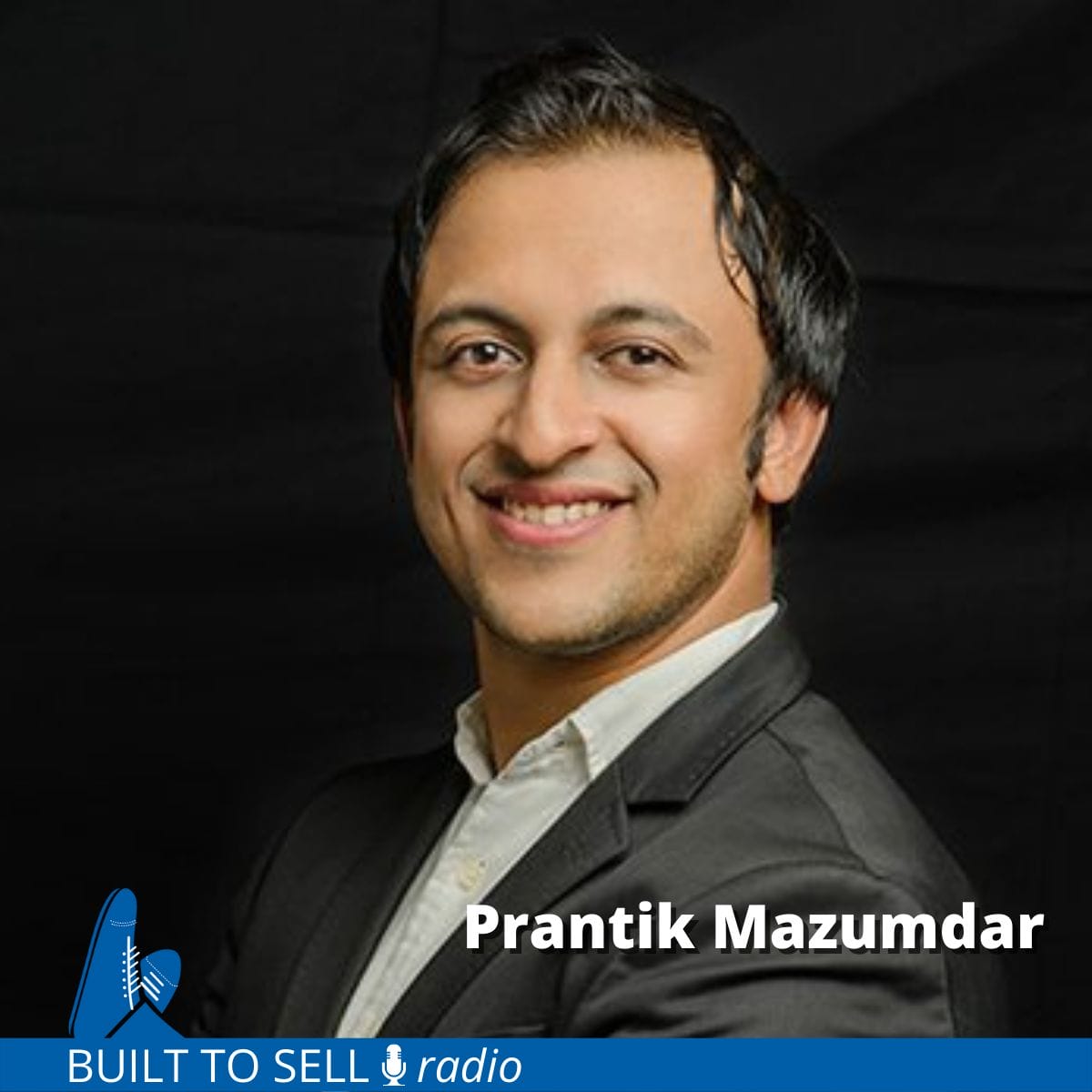About this episode
Prantik Mazumdar and his business partner Rachit Dayal built Happy Marketer, a digital marketing agency, to more than $10 million in annual revenue before they decided to sell to Dentsu Aegis Network. Mazumdar and Dayal agreed to sell for around 7 times EBITDA, 40% of which was paid up front with the remainder available in a four-year earn-out tied to the future profitability of Happy Marketer.
In this episode, you’ll be drinking from the firehose as Mazumdar describes how to:
- Get your customers to finance your business instead of giving up equity to investors.
- Use partners to boost your credibility and attractiveness to acquirers.
- Get “acquisition ready”.
- Time your exit.
- Maximize your chances of hitting an earn-out (and the biggest mistakes to avoid when structuring your deal).
- Use an acquirer narrative to boost your value in their eyes.
- Pick your lawyers.
Check out our article on Secrets To Attracting Strategic Acquirers.



